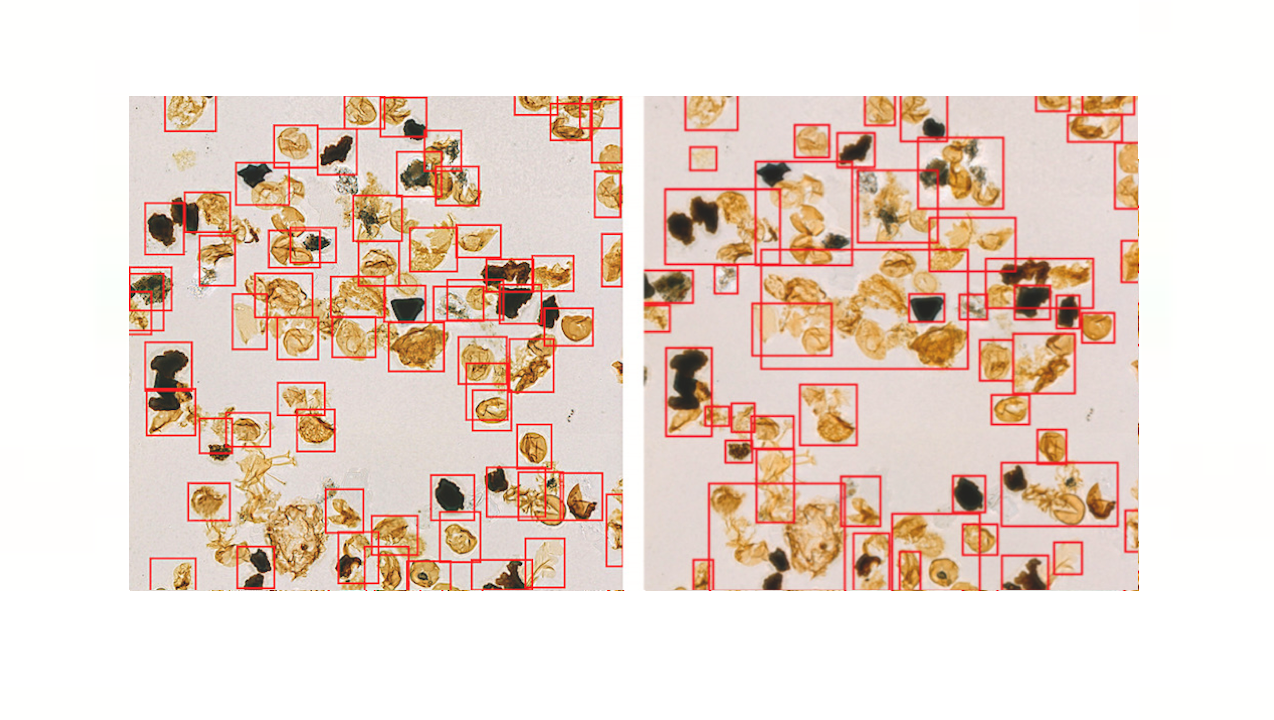
Humans have 5 new leads within the search to seek out life past our photo voltaic system.Scientists making an attempt to handle the query, “Are we alone within the universe?” have used a brand new machine-learning method to find eight beforehand undetected “alerts of curiosity” from round 5 close by stars. The crew utilized an algorithm to beforehand studied information collected by the Green Bank Telescope in West (*8*) as a part of a marketing campaign run by Breakthrough Listen, a privately funded initiative looking 1 million close by stars, 100 close by galaxies and the Milky Way’s airplane for indicators of technologically superior life.And the venture almost did not occur. “I solely instructed my crew after the paper’s publication that this all began as a high-school venture that wasn’t actually appreciated by my lecturers,” first writer Peter Ma, now an undergraduate scholar on the University of Toronto in Canada, mentioned in an announcement.Related: 10 issues we discovered about UFOs and aliens (or the shortage thereof) in 2022This is not the primary time that laptop algorithms have been used to go looking the vastness of area for “technosignatures,” technologically-generated alerts that would mark different superior extraterrestrial civilizations. However, as a result of many algorithms used to sift by telescope information have been developed many years in the past for early digital computer systems, they’re typically outdated and inefficient when utilized to the huge datasets generated by fashionable observatories. These classical algorithms had been used to look at the Green Bank Telescope information and this inefficiency might be why this information hadn’t initially indicated any alerts of curiosity in 2017, when scientists initially examined it. All instructed, the researchers analyzed 150 terabytes of knowledge representing observations of 820 close by stars, though they wish to apply the algorithm to much more information.”With our new method, mixed with the following era of telescopes, we hope that machine learning can take us from looking a whole bunch of stars, to looking thousands and thousands,” Ma mentioned in an announcement.The researchers discovered that the important thing power of the brand new algorithm was to prepare the info from telescopes into classes, permitting them to differentiate between actual alerts and “noise,” or interference. Although telescopes concerned within the seek for technosignatures are positioned in areas of the globe the place there’s minimal interference from human know-how like cell telephones, these alerts nonetheless get picked up. (Most SETI applications concentrate on radio waves as a result of they will journey on the velocity of sunshine throughout huge distances principally unimpeded by obstacles like interstellar mud clouds; sadly, the exact same traits have made radio waves the cornerstone of human communication on Earth.)”In a lot of our observations, there’s a whole lot of interference,” Ma mentioned. “We want to differentiate the thrilling radio alerts in area from the uninteresting radio alerts from Earth.”To be sure that the brand new algorithm wasn’t confused by alerts originating from Earth, Ma and the crew skilled their machine-learning instruments to inform the distinction between human-generated interference and potential extraterrestrial alerts. They examined a spread of algorithms, figuring out every algorithm’s precision and the way typically it fell for false positives. The most profitable algorithm mixed two subtypes of machine learning: supervised learning, wherein people prepare the algorithm to assist it generalize, and unsupervised learning that may hunt by massive information units for brand new hidden patterns. United in what Ma known as “semi-unsupervised learning,” these approaches found eight alerts that originated from 5 completely different stars situated between 30 and 90 light-years away from Earth.The alerts are convincing candidates for real technosignatures, based on Steve Croft, venture scientist for Breakthrough Listen. “First, they’re current after we take a look at the star and absent after we look away — versus native interference, which is usually at all times current,” he mentioned. “Second, the alerts change in frequency over time in a means that makes them seem removed from the telescope.”Croft cautioned that in large datasets that may comprise thousands and thousands of alerts, a single sign might have each of those traits by sheer likelihood alone. “It’s a bit like strolling throughout a gravel path and discovering a stone caught within the tread of your shoe that appears to suit completely,” he mentioned.So though the researchers consider these eight alerts resemble what a technosignature is anticipated to appear to be, they cannot confidently say any or all the alerts originate from extraterrestrial intelligence. The scientists would have wanted to detect the identical alerts a number of occasions, and this repetition did not seem throughout temporary follow-up observations by the Green Bank Telescope.”I’m impressed by how effectively this strategy has carried out on the seek for extraterrestrial intelligence,” Cherry Ng, a co-author on the analysis and an astronomer additionally on the University of Toronto, mentioned in the identical assertion. “With the assistance of synthetic intelligence, I’m optimistic that we’ll be capable to higher quantify the probability of the presence of extraterrestrial alerts from different civilizations.”The crew now needs to use the identical algorithm to information gathered by observatories just like the MeerKAT array in South Africa.”We’re scaling this search effort to 1 million stars at present with the MeerKAT telescope and past,” Ma mentioned in a second assertion. “We consider that work like this can assist speed up the speed we’re in a position to make discoveries in our grand effort to reply the query, ‘Are we alone within the universe?'”The crew’s analysis was printed Monday (Jan. 30) within the journal Nature Astronomy (opens in new tab).Follow us on Twitter @Spacedotcom or on Facebook.
https://news.google.com/__i/rss/rd/articles/CBMiPGh0dHBzOi8vd3d3LnNwYWNlLmNvbS9tYWNoaW5lLWxlYXJuaW5nLXNldGktdGVjaG5vc2lnbmF0dXJlc9IBAA?oc=5




